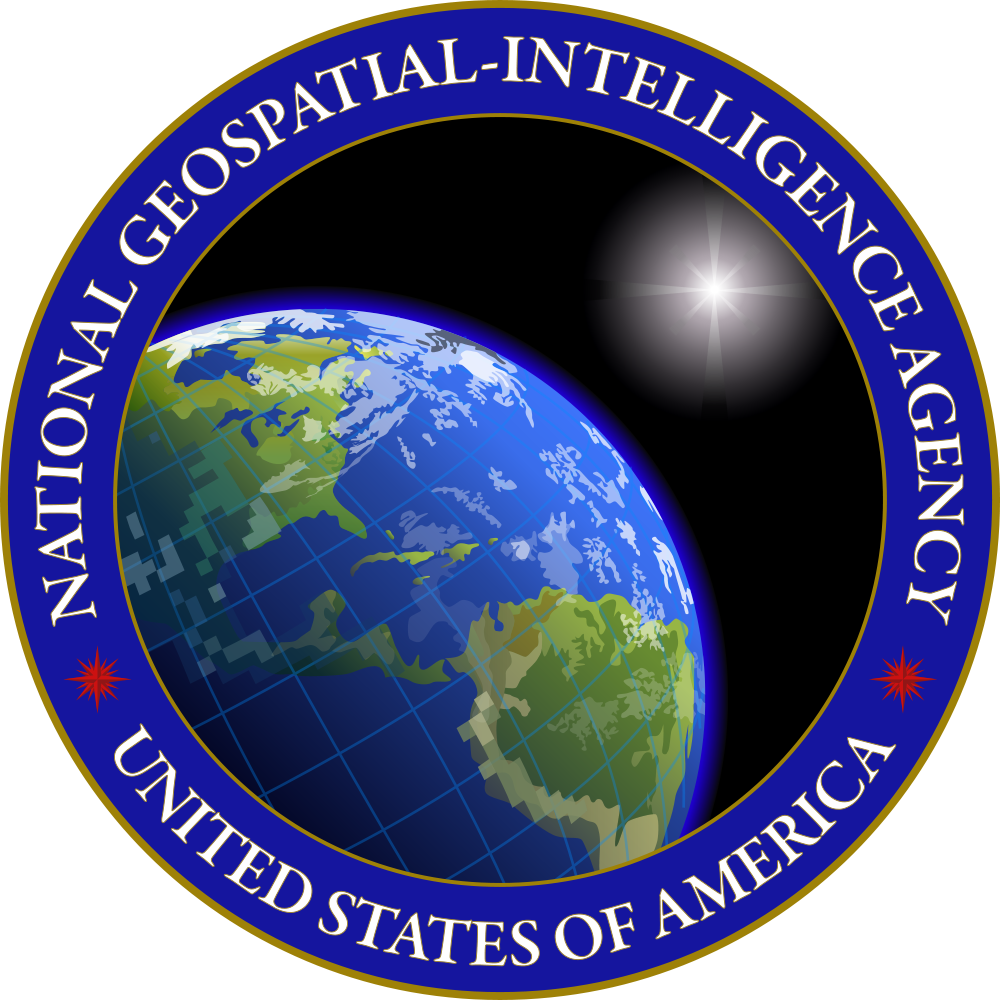“We live in a changing world with multiple and evolving threats to national security, including terrorism, asymmetrical warfare (conflicts between agents with different military powers or tactics), and social unrest. Visually depicting and assessing these threats using imagery and other geographically-referenced information is the mission of the National Geospatial-Intelligence Agency (NGA). As the nature of the threat evolves, so do the tools, knowledge, and skills needed to respond. The challenge for NGA is to maintain a workforce that can deal with evolving threats to national security, ongoing scientific and technological advances, and changing skills and expectations of workers.
Future U.S. Workforce for Geospatial Intelligence assesses the supply of expertise in 10 geospatial intelligence (GEOINT) fields, including 5 traditional areas (geodesy and geophysics, photogrammetry, remote sensing, cartographic science, and geographic information systems and geospatial analysis) and 5 emerging areas that could improve geospatial intelligence (GEOINT fusion, crowdsourcing, human geography, visual analytics, and forecasting). The report also identifies gaps in expertise relative to NGA’s needs and suggests ways to ensure an adequate supply of geospatial intelligence expertise over the next 20 years” (source).
Professor Keith Clarke chaired the National Research Council’s “Committee on the Future U.S. Workforce for Geospatial Intelligence” which produced a report for the NGA, titled “Future U.S. Workforce for Geospatial Intelligence” and published by The National Academies Press on January 31, 2013. The committee was charged with the task of examining “the need for geospatial intelligence expertise in the United States compared with the production of experts in the relevant disciplines, and discuss possible ways to ensure adequate availability of the needed expertise. In its report the committee will:
- Examine the current availability of U.S. experts in geospatial intelligence disciplines and approaches and the anticipated U.S. availability of this expertise for the next 20 years. The disciplines and approaches to be considered include NGA’s 5 core areas and promising research areas identified in the May 2010 NRC workshop.
- Identify any gaps in the current or future availability of this expertise relative to NGA’s need.
- Describe U.S. academic, government laboratory, industry, and professional society training programs for geospatial intelligence disciplines and analytical skills.
- Suggest ways to build the necessary knowledge and skills to ensure an adequate U.S. supply of geospatial intelligence experts for the next 20 years, including NGA intramural training programs or NGA support for training programs in other venues” (see the Directions Magazine summary).
In its Summary, the NRC committee addressed the points above by stating:
- The education and labor analysis suggests that the current number of U.S. citizens and permanent residents with education in a core or emerging area is likely on the order of tens for photogrammetry; tens to hundreds for GEOINT fusion, crowdsourcing, human geography, and visual analytics; hundreds for geodesy, geophysics, and cartographic science; hundreds to thousands for remote sensing and forecasting; and thousands for GIS and geospatial analysis. In addition, U.S. citizens currently hold more than 100,000 jobs in occupations closely related to the core areas. If substantial on-the-job training is an option for NGA, the current labor pool increases to 200,000 new graduates and 2.4 million experienced workers. If ten-year growth trends in the “upper-bound” estimate continue, the number of new graduates could reach 312,000–649,000 by 2030.
- The committee’s analysis revealed both current and future gaps in knowledge and skills relative to NGA’s needs. Although the supply of experts is larger than NGA demand in all core and emerging areas, qualified GIS and remote sensing experts may already be hard to find. Long before 2030, competition and a small number of graduates will likely result in shortages in cartography, photogrammetry, geodesy, and all emerging areas. In NGA’s future workforce, which is likely to be more interdisciplinary and focused on emerging areas, the ideal skill set will include spatial thinking, scientific and computer literacy, mathematics and statistics, languages and world culture, and professional ethics. Although NGA is currently finding employees with skills in statistics, ethics, cultural analysis, and scientific methods, graduates with the ideal skill set will remain scarce until interdisciplinary and emerging areas develop. NGA could improve its chances of finding the necessary knowledge and skills by extending recruiting to the example university programs identified in this report.
- The third task of the committee was to describe training programs relevant to geospatial intelligence that are offered by a variety of organizations. The committee chose example programs that have a long record of accomplishment, a critical mass of high-caliber instructors, a substantial number of students, and/or that provide an opportunity to solve problems in a real- world context. Universities provide the foundation knowledge and skills needed by NGA scientists and analysts. Degree programs offer comprehensive coursework in a field of study (e.g., University of Colorado’s Department of Geography), as well as important supporting classes, such as statistics and mathematics. Some university programs teach the ability to think and work across disciplinary boundaries (e.g., Carnegie Mellon University’s Computational and Organization Science program), to combine scientific knowledge with practical workforce skills (e.g., North Carolina State University’s professional science master’s in geospatial information science and technology), or to apply scientific knowledge to solve real-world problems (e.g., George Mason University’s master’s in geographic and cartographic sciences), sometimes in the context of national security and defense (e.g., military colleges). Other organizations offer short- term, immersive training, which is particularly useful for updating or augmenting employee skills. Courses offered by government agencies are usually targeted at agency operational needs (e.g., National Weather Service’s Warning Decision Training Branch). Short courses and conference workshops offered by professional societies and other nongovernmental organizations provide focused training and sometimes certificates on specific geospatial topics (e.g., Institute of Navigation’s short courses in positioning, navigation, and timing). Private companies commonly provide training for using the software (e.g., ESRI’s GIS software) and hardware (e.g., GPS receivers, photogrammetric workstations) they have developed.
- The actions described above to answer Task 4 show that a variety of mechanisms can be used to ensure the future availability of geospatial intelligence expertise. Some of the mechanisms would build expertise in the long term (e.g., UARCs, research partnerships with industry, curriculum development, academic support infrastructure), while others could provide more immediate gains (e.g., Vector Study Program expansion, virtual centers, professional society workshops and short courses, recruitment efforts). Most mechanisms would be relatively inexpensive to implement (e.g., virtual centers, curriculum development, recruiting efforts), while some could require substantial investment, depending on size and scope (e.g., UARCs, Vector Study Program expansion, centers of excellence). The need is greatest for the emerging areas, which currently produce few graduates and lack the academic infrastructure to develop quickly, but these mechanisms could also be used to build other areas of interest to NGA. Getting involved with education and training programs would also provide opportunities for NGA to influence the development of fields it relies on to carry out its mission.
The bottom line is that, despite its need for highly specialized knowledge and skills, NGA has the comparative luxury of being a small employer in the burgeoning geospatial enterprise. NGA is probably finding sufficient experts in all core areas, with the possible exception of GIS and remote sensing. However, shortages in photogrammetry, cartography, and geodesy are likely in the short term, followed by possible shortages in emerging areas in the longer term. While these shortages are of concern to NGA, many mechanisms are available to build the knowledge and skills that NGA will require, such as strengthening existing training programs, building core and emerging areas, and enhancing recruiting. With attention to these areas, NGA has the ability both to meet its workforce needs and to be adaptive to a changing mission during the next 20 years, and potentially well beyond (Ibid.; full report here).




